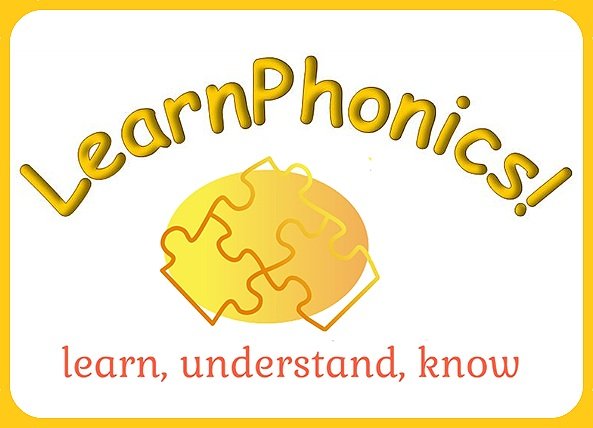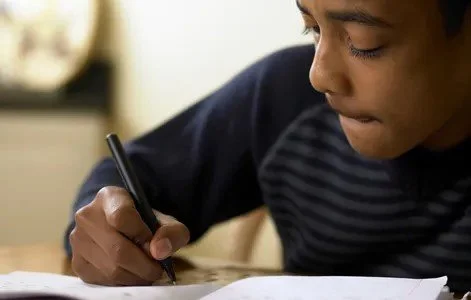About LearnPhonics!
My name is Sophie Ford and I am the author of LearnPhonics!
I have been working in Early Years and Key Stage 1 since 2009. My interest in phonics and early reading began in the first few years of my career where I was studying for a 4 years work based degree in primary education at the UCL Institute of Education.
Whilst studying I worked as a teaching assistant where I put my learning into practice. Part of my role was to carry out daily phonics interventions with children who were below the expected level. I did this for 3 years during which time I gained an insight into understanding the best strategies for teaching children how to read and develop their phonics knowledge.
I qualified with teacher status after my fourth year and began my practice as a Year 1 teacher.
The school I was working in used the Letters and Sounds document to teach phonics. This was an excellent document but obviously needed a lot of teacher planning. I used the 'revisit - teach - practice - apply' method daily and gradually built up a series of lessons. Over time I learnt the most effective methods for teaching phonics through observations of children’s attainment and progress and also by reflecting on my planning and practice.
Initially I was the sole person using the programme until other teachers in the school asked to observe my lessons and started using it too. I was then made Head of Year and rolled the programme out across the year group and received very positive feedback from the other teachers.
We noticed a huge improvement in our assessment data. I then went on to write the rest of the scheme for early years too. The teachers using it noticed a huge improvement in phonics knowledge and were very keen to continue using it.
In order to apply for the validation I had to get other schools on board to trial the programme. Again the programme received fantastic feedback from these schools who are now committed to continue using it.
Not only did this experience show me how children learn phonics best, but it showed me how teachers teach best. Complex planning, tons of resources and overcomplicated assessment tools are detrimental for both teachers and children. The way that LearnPhonics! has been devised is to enable teachers to focus more on lesson content and delivery rather than preparing resources for lessons and inputting and analysing unnecessary amounts of data. Teachers who use LearnPhonics! enjoy teaching phonics now and this enjoyment shines through their lessons and practice.
Pedagogy
Children learn best when they are fully involved with the teaching and learning process - and when they are having fun! Each LearnPhonics! lesson is conducted as an 'active learning session' where there are short bursts of teacher input, between which the children immediately practice and apply what they are being taught.
The lessons are learner centred and multi-sensory, and children are fully involved, active and participating learners. Through clever teaching points and funny rhymes and sentences to read and write they have a great time too! The teacher is a facilitator of knowledge as opposed to a transmitter.
Children of all abilities can participate in the lesson as they all have sufficient time to read and write at their own pace. Higher ability children can extend their learning to challenging themselves within lessons.
This style of teaching and learning also provides excellent Assessment for Learning opportunities for teachers who can give necessary 'on the spot' feedback and support. Each lesson is based on the U.K. Department for Education and Science (DfES) 'Letters and Sounds' approach to teaching phonics which is 'Revisit, Teach, Practice, Apply'.
The LearnPhonics! scheme of work is entirely delivered through this approach giving children daily opportunities to practice reading and writing.
Aims
- For all children to become fluent, confident and competent readers.
- To ensure children have a love of reading.
- To have every child reach the Age Related Expectations for reading and writing.
- Children to learn and know every grapheme needed to pass the yearly phonics check at the end of Year 1.
- To embed children's phonics knowledge at a level of deeper understanding.
- To provide daily practice of key literacy skills.
- To reduce the workload for teachers. The lessons are so simple that all they need is that magic touch from a teacher to bring them to life.
- To engage and work with parents to maximise support.
- Most of all, to ensure children and teachers have fun whilst teaching and learning! Happy classrooms produce the best learners and LearnPhonics! guarantees enjoyment for all.




